- Everything You Should Know About Juicing Diets
- How Has the Mind Body Link Turned into a Connection with our Smart Phones?
- Is Turmeric a Superior Alternative to Pills for PMS Symptoms?
- 6 Simple Yoga Asanas to Crush Stress Everyday
- Juicer vs Blender – Which is the Best Option?
- 7 ESSENTIAL NUTRIENTS YOU MAY BE MISSING IN YOUR DIET
- 26 Advantages of Detox Juicing Recipes
- Everything You Need to Know About Juicing Beets
- Power Yoga: The Ultimate Answer To Weight Loss
- 13 Amazing Grapefruit Juice Benefits
How to Create the Best Juicing Recipes
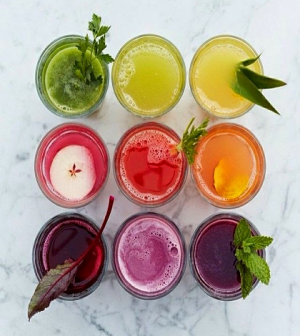
How to Create the Best Juicing Recipes
There’s no denying that juicing is a great way to make sure you are getting all the vitamins and minerals you need from vegetables and fruits every day.
Whether you get your day started with an energy-packed green juice, or you just love to experiment, you can transform your best juicing recipes list by learning to create your own delicious flavor combinations.
Flavor is King
If you are new to juicing, you need to be aware that flavor is going to play a major role in your new lifestyle. Some vegetables have a strong taste, while others are nice and mellow.
Green juices are some of the hardest for people to adjust to, especially if you are one of those who never touch vegetables, or only eats them swimming in unhealthy fats and loaded with salt. When you start juicing, you will have to adjust to the stronger tastes – just give it some time and you will grow to appreciate the all-natural flavors.
It’s a good idea to have a basic understanding of the flavor levels of the vegetables you are likely to juice. This will help you choose the right amounts to add to your juices, so your best juicing recipes will really be the best.
Very Strong Flavors
• Garlic
• Leeks
• Onions
• Mustard Greens
• Ginger – Not a vegetable, but popular for juicing.
Strong Flavors
• Brussels Sprouts
• Turnips
• Broccoli
• Cabbage
• Cauliflower
• Raddish
Mild Flavor
• Spinach
• Beets
• Celery
• Squash
• Pea greens
• Potatoes
• Carrots
• Green Beans
While your individual tastes will certainly come into play here, the above flavor strengths will give you a good basis to determine how to combine the veggies.
Juice Bases
You will also need to choose base vegetables for your juices. While these can vary depending on your own personal tastes, the basic idea is to choose base vegetables that have a higher water content, and that generally mix well with other vegetables. The following are some of the most common base choices:
• Apples
• Beets
• Carrots
• Celery
• Cucumbers
• Pears
• Tomatoes
Balance Makes It Better For Best Juicing Recipes
Balance also plays a major role in juicing. If you add too much of a strong, potent ingredient, but not enough milder flavors to balance it out, you may find it difficult to even drink the juice. When creating your own best juicing recipes, you will likely have to plan on a bit of trial and error in the beginning.
It’s a good idea to note down some of the combinations you’ve tried that worked for you. This will make sure you know exactly how much of a particular vegetable you can handle, so you don’t create recipes that you just can’t stomach.
Vegetables have three basic flavors: neutral, earthy, and peppery. Neutral veggies like lettuce and celery work well with many different flavors. The earthy options such as kale, chard, and beet greens will require some practice to get the amounts right, as they can easily overpower other juices.
The peppery choices, which include arugula, dandelion and mustard, are fairly spicy, and are very difficult to mask. It’s usually best to avoid these when you first start out juicing, and then add small amounts until you adjust to the flavors.
Consider Your Colors
Juicing vegetables (and even fruits) can create some rather interesting colors in your juices. While you probably won’t want to base your juice outcomes on the colors in the glass if you want optimal health, you might not be able to force yourself to drink something that is grey or brown. Just keep in mind that the predominant colors of the veggies and fruits you add to your best juicing recipes will likely be the color of your juice.
Different colored vegetables provide different benefits, and science has shown that the color of the vegetable is a pretty good indication of the health benefits it will provide. Here are some of the breakdowns to help you get a better idea of what your juices will contain:
• Green Veggies – These contain chlorophyll, which is beneficial for helping to give your cells and molecules a boost. Chlorophyll also helps with detoxification, increases oxygen levels by increasing red blood cells, and provides antiviral and antibacterial benefits.
• Red Veggies and Fruits – These options are high in antioxidants like carotenoids and anthocyanins, as well as lycopene and other nutrients. These nutrients help with eliminating free radicals, fighting cancer, and lowering blood pressure and cholesterol levels.
• Yellow and Orange Fruits and Veggies – This group is high in vitamin C, lycopene, beta-carotene, potassium, and flavonoids. These nutrients help with free radicals, healthy bones, collagen production, and lower blood pressure, cholesterol, and cancer risk.
• Blue and Purple Veggies and Fruits – These options are high in lutein, fiber, vitamin C, and flavonoids. These nutrients are great immune boosters, and help with healthy digestion and better mineral absorption. They also decrease inflammation and pack quite a punch against cancer cells and carcinogens.
Add-Ins Are Great
When creating your own recipes, there are a number of add-ins that can increase the overall healthfulness and taste of your juices. Some may be familiar, while others might take some getting used to. Either way, they all pack a serious punch in your best juicing recipes.
• Apple Cider Vinegar – This will add a bit of tartness to your juices, but it also helps with detoxification, increased circulation, weight loss, reducing allergies, and it provides an added boost of energy.
• Hemp Juice Powder – This will add plenty of protein and amino acids, which are important for optimal health.
• Coconut Oil – This adds a great taste, plus it has antifungal, antibacterial, and antimicrobial properties, as well as tons of antioxidants.
These are some of the basics of creating your own juicing recipes. While there will be trial and error, you might just create an absolutely delicious juice that others might not have thought of that will make you enjoy juicing even more.

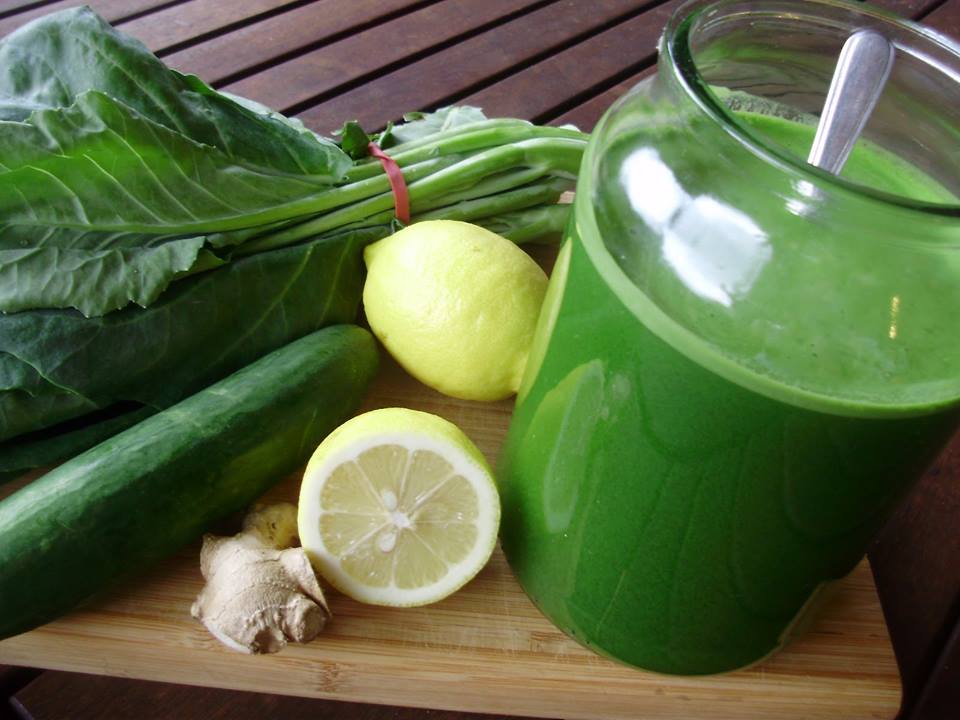
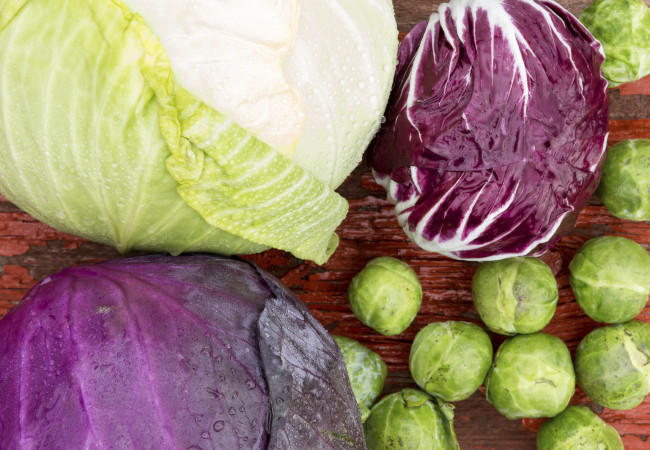
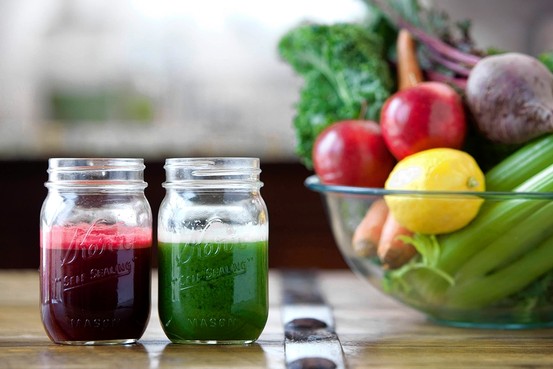
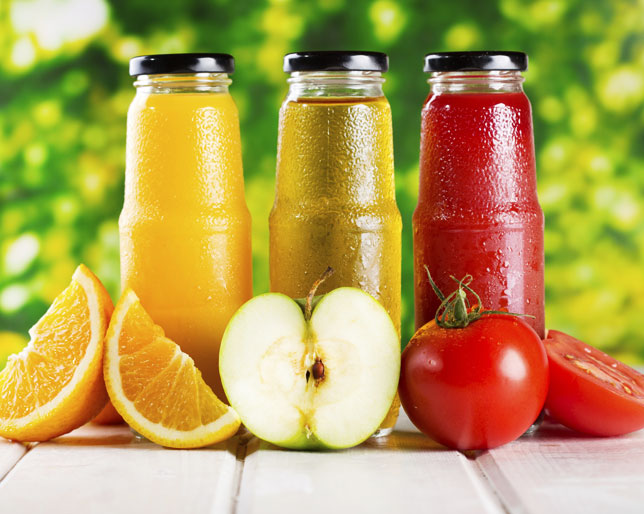

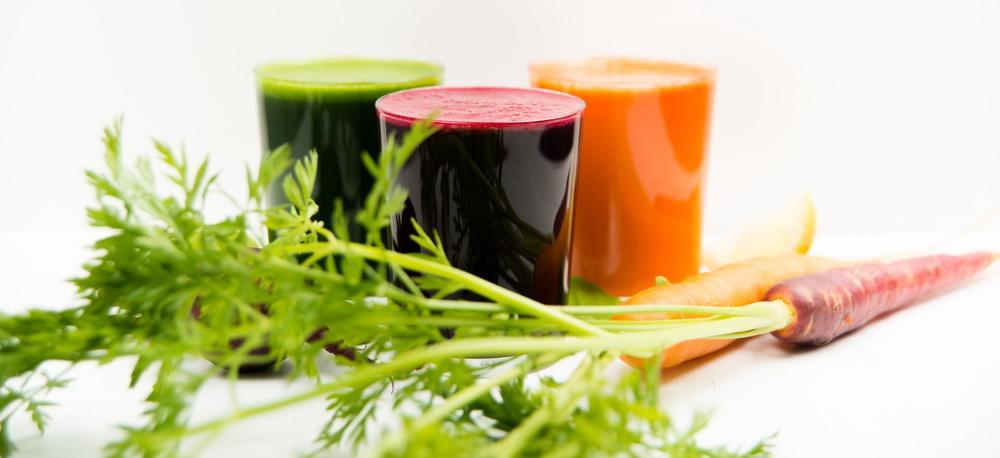
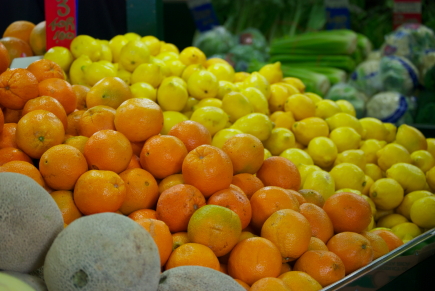
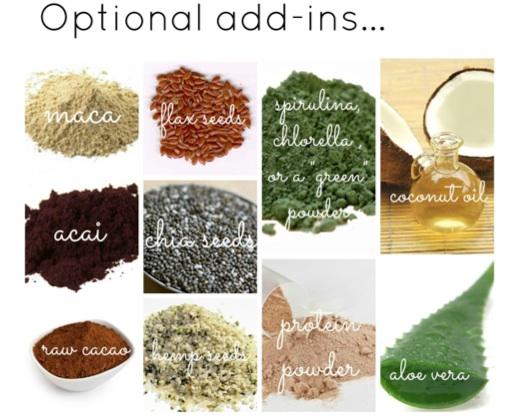
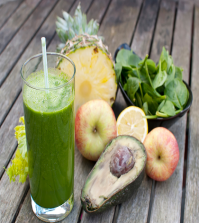

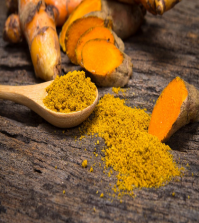


0 comments